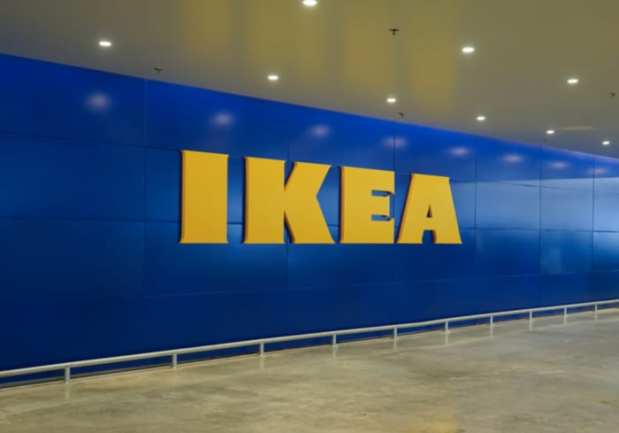IKEA Thinks Consumers Have Hit ‘Peak Stuff’ (And That They Can Work Around That)

IKEA’s chief sustainability officer Steve Howard has an interesting idea for a man in the business of selling people stuff, namely that consumers have too much of it. In a recent interview with NPR, Howard noted that in much the way the world has peaked out in oil production and consumption, the consumer class of the world has also reached the point where they are hitting a barrier.
Beef consumption is down, he notes, as is sugar and automobile consumption. And while he was widely quoted as noting consumers had reached “peak candlestick,” his point was a bit more nuanced.
“I didn’t actually say peak candleholder, but I was talking about the broader trends. And, you know, we’re a business, and we sell home furniture, and we’re not immune from the trade. Obviously, you know, there are still people who don’t have — who have very limited means who would like significantly more stuff. But broadly, you saw a tremendous expansion in consumption and people’s livelihoods through the 20th century. And the use of stuff is plateauing out.”
Howard did qualify that peak may not have so much been reached at this point so much as it is a location sales are approaching, hence Ikea’s decision to continue to move to expand make their brand more accessible.
The interviewer then questioned how Ikea’s commitment to sustainability meshed with its commitment to affordability since quote: “I don’t see someone passing $30 chain on to their children.”
“We found that to be largely not true. In Sweden, we did a trial with a take-back of plastic garden furniture. It was all going to be recycled. And people only brought broken plastic furniture. People brought back stuff that they were really done with. It was not just IKEA furniture; it was very broad. People worry about – they want to actually find a secondary market for their IKEA products, actually, so people find channels themselves. And you find that the products get handed – do get handed on.”
Howard noted that recycling pushes, wherein consumers can trade in their old IKEA products for vouchers for newer products (while IKEA can recycle the reusable elements of the older products) is a highly effective motivator.
“We started a service in about 20 countries around the world where we’ll help facilitate mattress recycling because one of the big things is, you know, if you think about a mattress, how long do you want a mattress to last? So we’ve frequently got mattress guarantees of 20, 25 years, and that’s probably long enough. But people find it difficult. You know, you’re worried about, how do you dispose of a mattress? So we’ve really focused on making sure we can have mattresses where we can secure the recycling so it can be turned into another mattress or into other sort of products. And in France and in Belgium, we’ve got something called Second Life. And there, actually, customers can send in photographs of products. They’ll get an offer for a gift voucher – $30 for your BILL bookshelf or whatever. You bring the product to the store, you get your gift voucher. It’s then sold at that price as is. So a customer that comes in and actually is happy with that product can take it away.”
